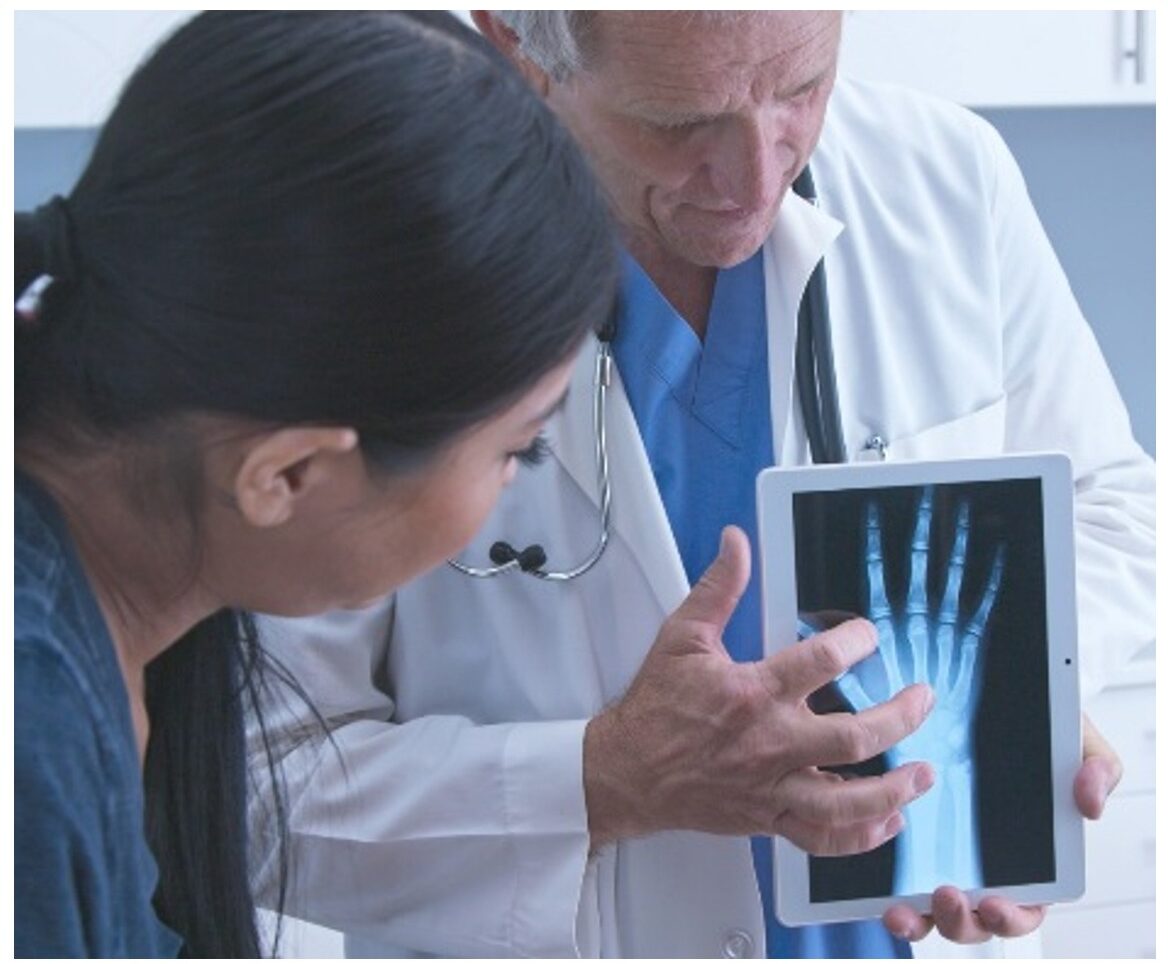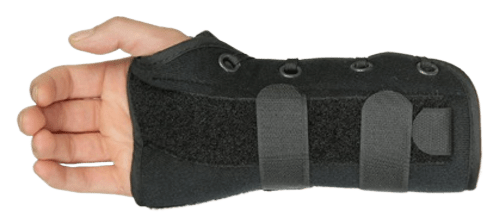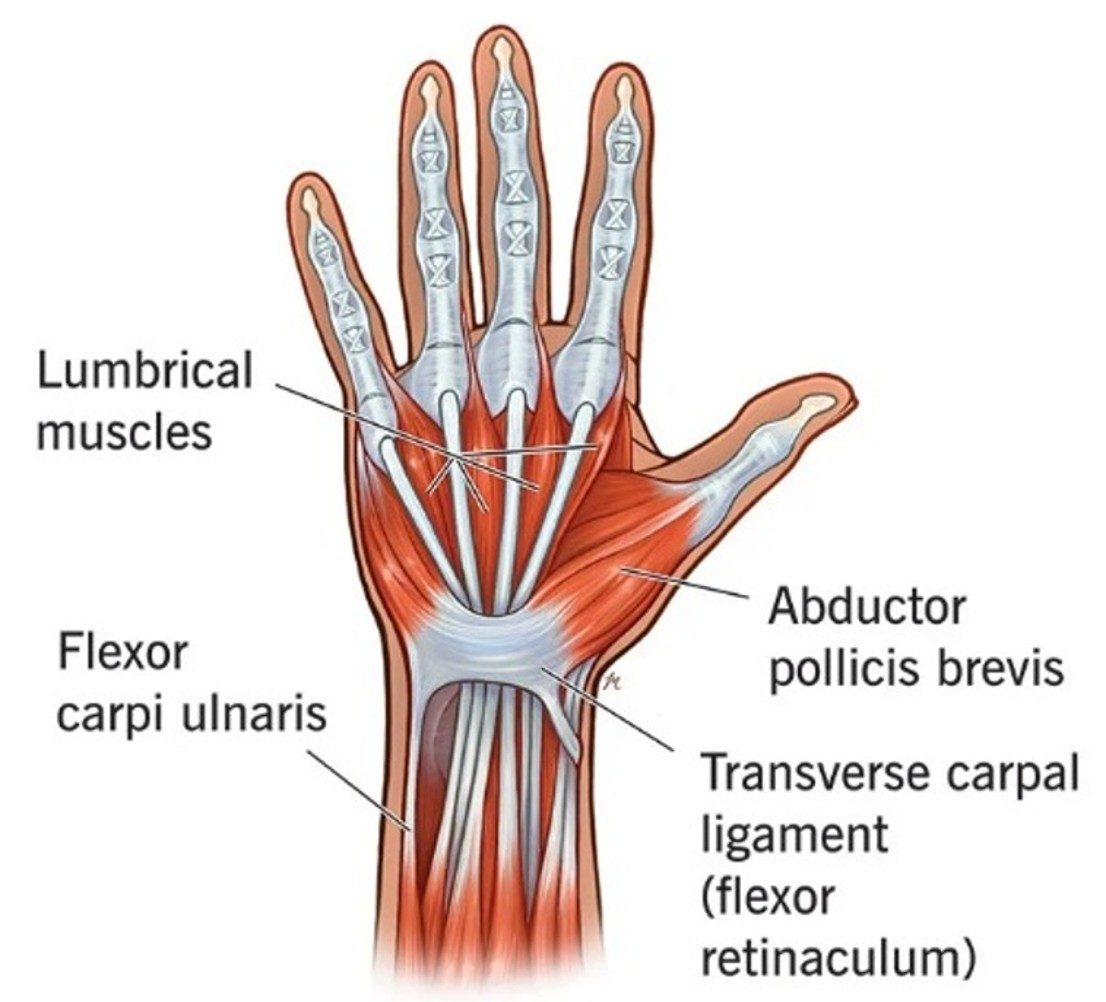
Common Wrist & Thumb Injuries
Common Wrist &
Thumb Injuries
Injuries of the wrist and thumb can vary in severity and cause, ranging from minor sprains, tendonitis and Carpal Tunnel Syndrome to more serious ligament tears and fractures. Untreated wrist injuries can lead to longer term mobility issues and chronic pain. It is essential to consult a healthcare professional for a proper diagnosis and treatment plan.

Sprains and Strains: These are among the most common wrist and thumb injuries and occur when ligaments or tendons are over-stretched. They can result from activities like falling on an outstretched hand or overexertion. Sprains of the thumb's ulnar collateral ligament, often referred to as "Gamekeeper's thumb" or "Skier's thumb," can occur due to a forceful hyperextension of the thumb.
Torn Ligament: A torn ligament is a specific type of injury where the ligament itself, which connects bones together and stabilizes joints, is either partially or completely torn. This is more severe than a sprain and often results from significant trauma or force applied to the wrist or thumb.
Carpal Tunnel Syndrome: This condition results from the compression of the median nerve in the wrist. It can cause pain, numbness, and tingling in the thumb, index, middle, and ring fingers. Can result from continued stress on the wrist.
Minor Fractures: Wrist fractures often occur due to a fall onto an outstretched hand. Common wrist fractures include distal radius fractures and scaphoid fractures. Thumb fractures can also occur, particularly in the metacarpal bones.
De Quervain's Tendonitis: This is a painful condition that affects the tendons on the thumb side of the wrist. It can result from repetitive thumb and wrist movements and can cause pain and swelling.
*What is the difference between
Sprain and Strain?
The symptoms can be very similar for sprains and strains, as you may experience bruising, pain, swelling, limited flexibility, and range of motion with either. The main difference is a sprain may have bruising while a strain will not, but it can have spasms of the muscle.
Telling the two apart requires medical expertise and treatment as there are three grades of these injuries and each with different levels of care. Additionally, the pain and or swelling associated with sprains and strains can be indicators of a more severe tear, stress fracture or a broken bone which will become evident through our examination.
If your injury is severe enough to require more extensive treatment or surgery, CPCUC can refer you directly to one of our local affiliated specialized Physicians for extended treatment and care.

Orthopedic Products
Immediate Relief and
Treatment for Your Injuries
Wrist Orthosis

Our supports provide an adjustable
comfortable fit and effective
focused support during
your recovery
Thumb Orthosis

Provides immediate pain
relief and support...
Feel Better Faster!













